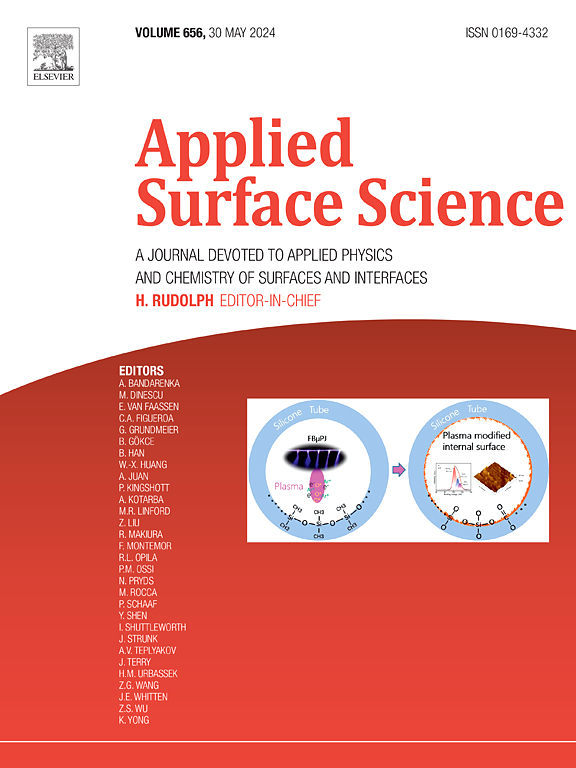Engineered covalent triazine framework/graphitic carbon nitride heterojunction with synergistically enhanced photocatalytic activity
IF 6.3
2区 材料科学
Q2 CHEMISTRY, PHYSICAL
引用次数: 0
Abstract
Metal-free heterostructure graphite carbon nitride (CN) with a covalent triazine framework (CTF) was synthesized by a heat-treatment process. characterized by XRD, TEM, and XPS, which revealed that CN exhibited excellent contact with the CTF, forming a CN/CTF heterostructure that significantly influenced the interface properties. The UV–vis DRS demonstrated enhanced absorption of visible light within the 450–700 nm rang, EIS revealed a significant decrease in interfacial charge transfer resistance, while the TPR results demonstrated the formation of a photo-induced p-n junction at the interface, facilitating efficient charge separation. photocatalytic experiments demonstrated that CN/CTF6 exhibited an ibuprofen photodegradation was 3.75 and 1.9 times higher than the activity of CN and CTF, respectively, under full spectrum and 4.8 and 8.4 times higher than that of CN and CTF, respectively, under visible-light. Furthermore, the CN/CTF3 exhibited HER rate of 10,756.46 μmol h−1, which is 4.4 and 64.5 times higher than that of CN and CTF, respectively, under full spectrum irradiation. In contrast, under visible light, CN and CTF achieved 9.2-fold and 8.7-fold over CN and CTF, respectively. This study presents a promising strategy for developing g-C3N4-based composites with significantly enhanced photocatalytic performances.


具有协同增强光催化活性的工程共价三嗪框架/石墨氮化碳异质结
采用热处理工艺合成了具有共价三嗪骨架的无金属异质结构石墨氮化碳(CN)。通过XRD、TEM和XPS表征,发现CN与CTF具有良好的接触,形成了CN/CTF异质结构,显著影响了界面性能。UV-vis DRS在450-700 nm范围内增强了对可见光的吸收,EIS结果显示界面电荷转移电阻显著降低,而TPR结果表明在界面处形成了光诱导的p-n结,促进了有效的电荷分离。光催化实验表明,全光谱下CN和CTF对布洛芬的降解活性分别是CN和CTF的3.75和1.9倍,可见光下CN和CTF对布洛芬的降解活性分别是CN和CTF的4.8和8.4倍。在全谱辐照下,CN/ ctf3的HER率为10,756.46 μmol h−1,分别是CN和CTF的4.4倍和64.5倍。而在可见光下,CN和CTF分别是CN和CTF的9.2倍和8.7倍。该研究为开发具有显著增强光催化性能的g- c3n4基复合材料提供了一个有前途的策略。
本文章由计算机程序翻译,如有差异,请以英文原文为准。
求助全文
约1分钟内获得全文
求助全文
来源期刊

Applied Surface Science
工程技术-材料科学:膜
CiteScore
12.50
自引率
7.50%
发文量
3393
审稿时长
67 days
期刊介绍:
Applied Surface Science covers topics contributing to a better understanding of surfaces, interfaces, nanostructures and their applications. The journal is concerned with scientific research on the atomic and molecular level of material properties determined with specific surface analytical techniques and/or computational methods, as well as the processing of such structures.
 求助内容:
求助内容: 应助结果提醒方式:
应助结果提醒方式:


